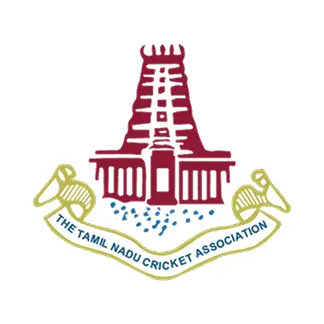In T20 cricket, often a good start is during the powerplay, aka the first six overs of the innings. Teams that attack and look to score during the powerplay not only set the tone for the rest of the match, but they also win more often than not. For the Delhi Capitals (DC), the powerplay has become a power fail this IPL season. While there have been some bright spots, DC hasn’t consistently played their attacking style of play early in the innings. So, what’s happened? Let’s take a look.
When the Numbers Start Telling the Story
Let’s break out the stats, because the stats are telling us a lot. In ten games, DC has only “won” the power play five times. When you compare that to one of the better teams, who won the powerplay eight times, it’s pretty clear—Delhi just isn’t getting into gear at the start.
What is interesting is that even during a four-match winning run to start the season, DC lost the powerplay in three of those games. Back then, they were just good enough to recover thanks to some good middle overs, with Kuldeep Yadav spinning a web and KL Rahul, as the number 4, able to hold the innings together. But as the season dragged on, those slow starts started hurting.
The more we look, the more it becomes apparent: the powerplay isn’t just DC’s Achilles Heel, it’s become a constant nuisance.
Betting on the Wrong Horses
One of the prime issues? Dependency on Fraser-McGurk. Sure, he is an exciting player, and when he gets going, he can be explosive — but relying on him to be your main powerplay weapon was a ridiculous bet. And if you follow worldwide cricket, you would know his form hasn’t exactly been inspiring of late. DC’s management appeared to be banking on the pitches in India magically transforming his form. Spoiler alert: it hasn’t.
Rather than building a balanced top-order, DC went back to their old habits and unnecessarily bid for every available Indian bowler they could find. This has resulted in the Delhi Capitals selecting a squad filled with bowlers who excel at bowling in the middle and death overs. Do Mukesh Kumar, Mohit Sharma, and T. Natarajan have a single first-6-over wicket-taking bowler in them? Not at all.
With Chameera picked late to simply correct a powerplay problem, and regularly anointed to open the bowling with the new ball against right-handers, it simply shows this team is patchworking a plan, not executing a strategy.
The Batting Puzzle: Too Many Moves, Too Little Stability
DC’s batting order has been equally disorganized. With Faaf du Plessis coming into the side midway through the season, the intention was obviously to add some experience and leadership. However, getting a 39-year-old to straight away replicate his RCB form after injury seemed rather optimistic. There was also the absence of Harry Brook, another consideration that made the situation less straightforward (Brook was part of the scheme, but he was dropped from the considerations).
Managers have proposed a straightforward solution: promote KL Rahul to open with Faaf, integrate Ashutosh Sharma into the top six, and strengthen the middle-order. It is not a complicated assessment – it is about balance. For some reason, DC has been too reactionary and has been trying way too many combinations without the capacity to settle.
Now, with a few games left to save the season, DC needs to create a foundation (front-load) with experience, simplify roles, and stop trying to figure out when “potential” will break through. Because in the IPL, potential doesn’t win you games, execution does.
So, here is the million-dollar question: has DC FINALLY cracked their powerplay conundrum in time, or is this going to be another what could’ve been season?
For more, visit JeetBuzz News to read our quality Cricket Blog updates. Explore if you want to reminisce and enjoy all of your favourite cricket players and nostalgic match moments. To ensure that you never miss out, keep updated and join in the fun!

































































































































































